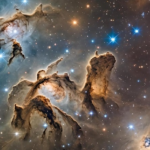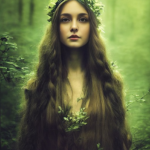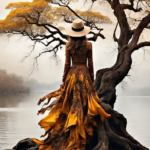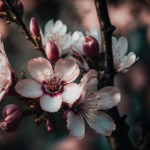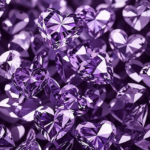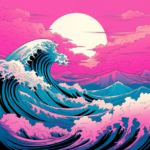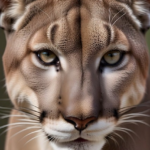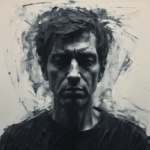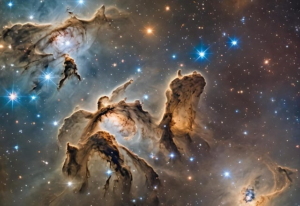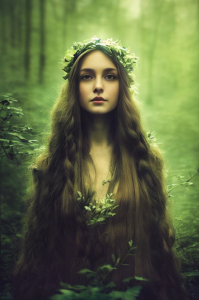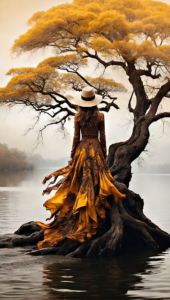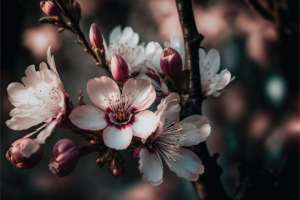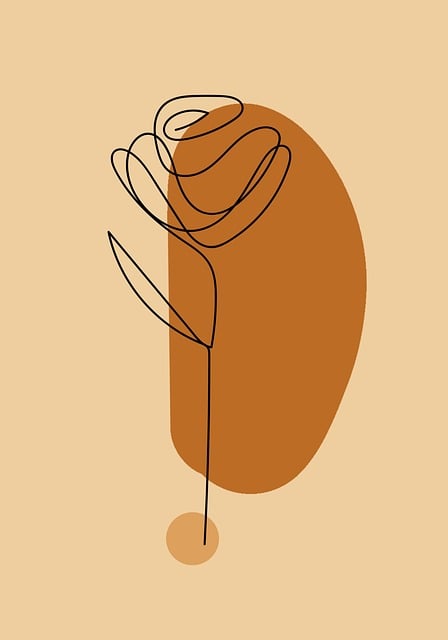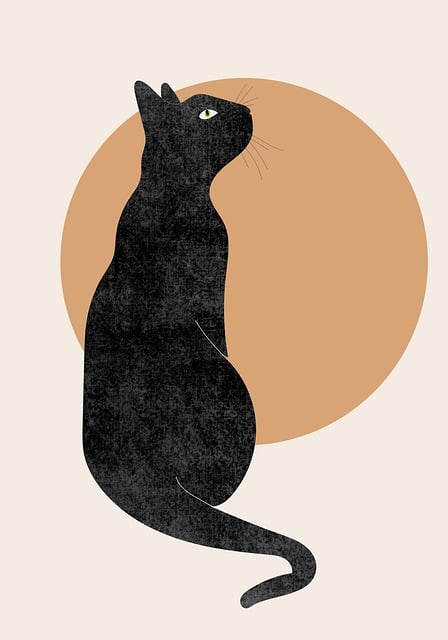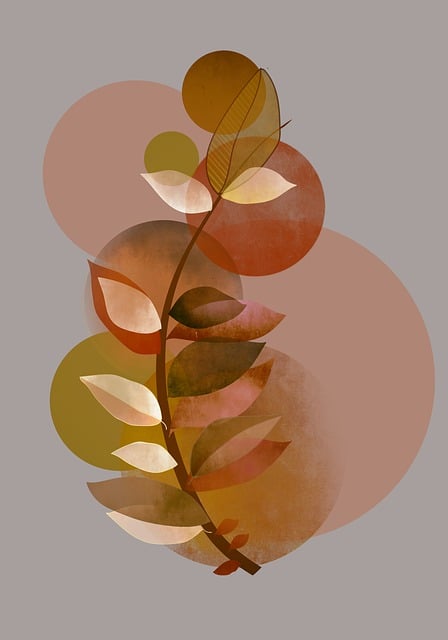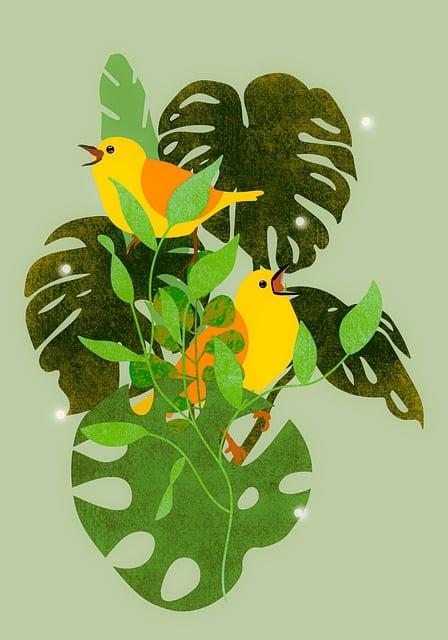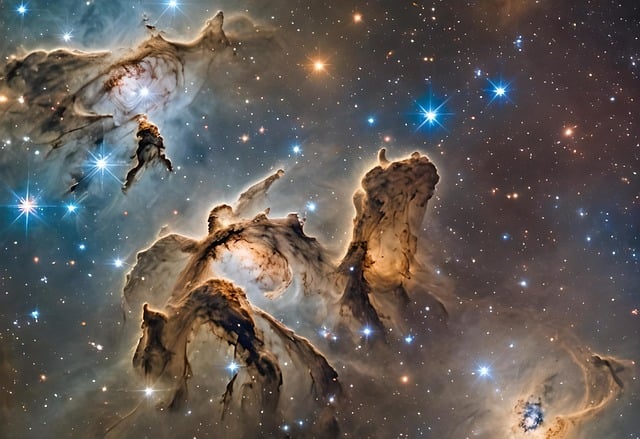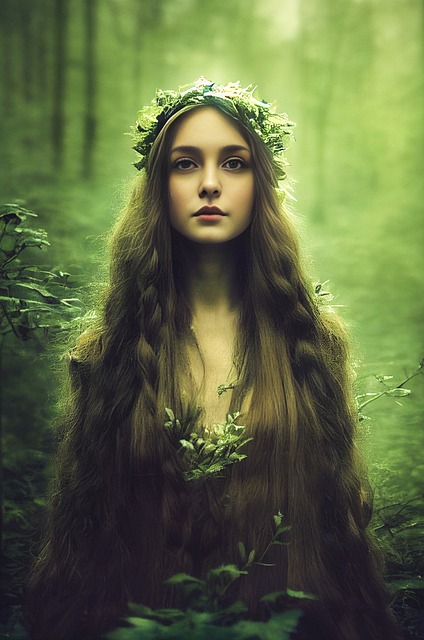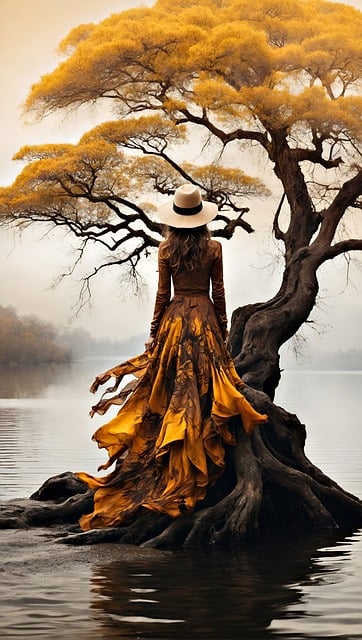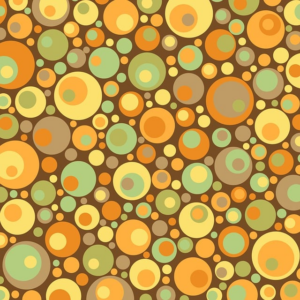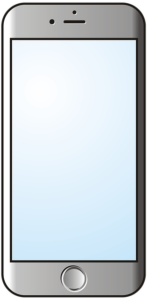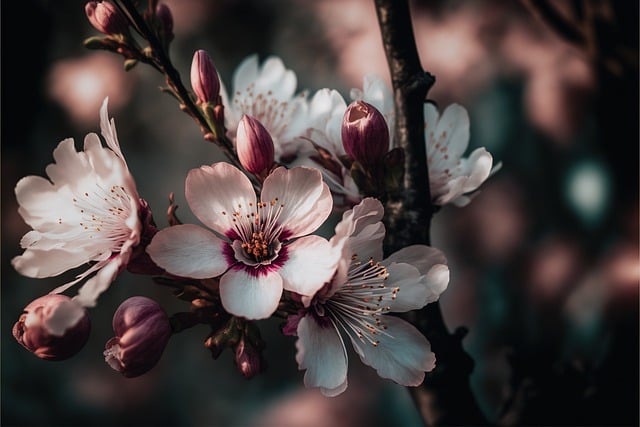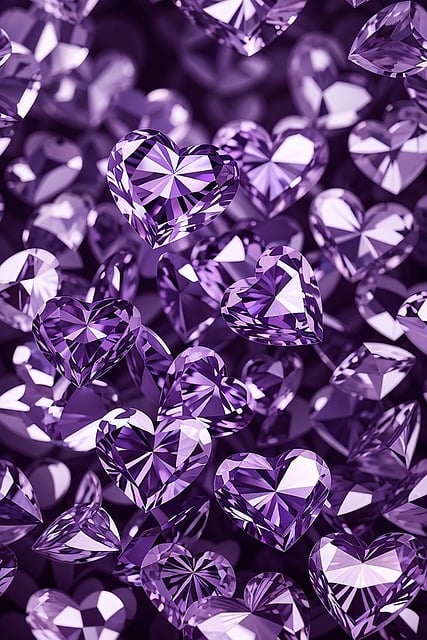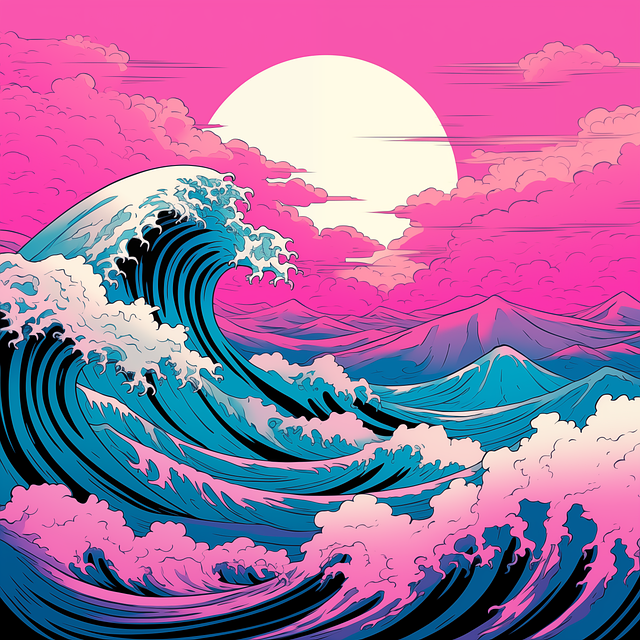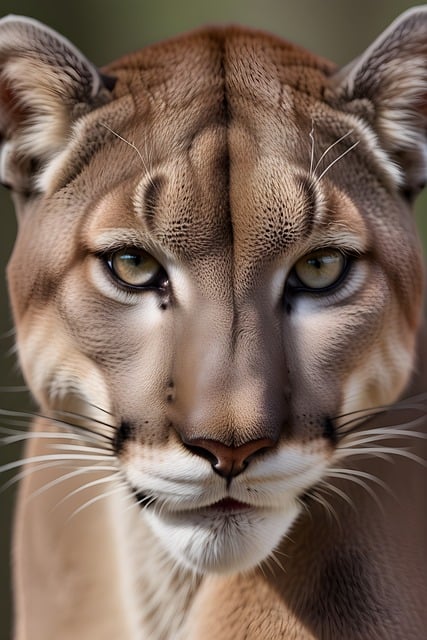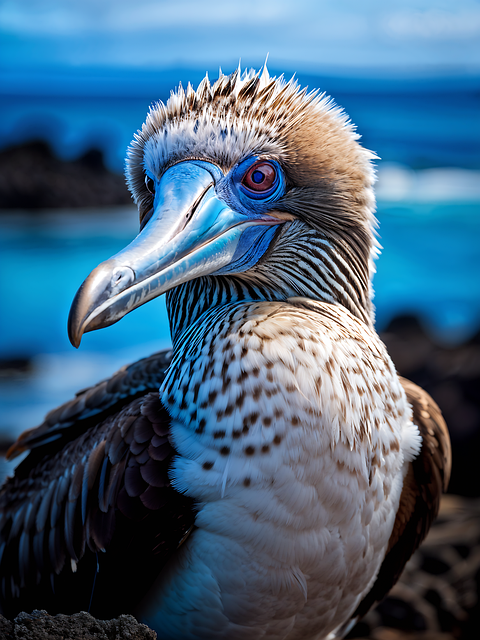This article will provide an overview of current web design trends, such as artificial intelligence, futuristic minimalism, 3D immersion, dark mode, neumorphic design, artistic typography, and micro-interactions.
<p>The field of web design is constantly evolving with technological advancements, progressions, and emerging trends. Web design encompasses the development of aesthetically pleasing and user-friendly websites, making it essential for web designers to stay updated with the latest developments in order to remain competitive.</p>
In the year 2023, web design saw several popular concepts that have remained relevant till now. This article will delve into some of the most significant trends.
Artificial Intelligence
AI is expected to take over the roles of designers, developers, writers, and other technology professionals.
<p>Chances are, you've come across a statement like this recently. While it's quite prevalent on social media, I remain unconvinced that AI will completely take over the roles of tech professionals, particularly those in creative fields.</p>
The utilization of AI tools and AI design tools has experienced a significant increase. It is common for businesses to incorporate ChatBox AI as a virtual assistant on their websites. Typically, these chat assistants are positioned in the bottom right-hand corner of a website and prompt users to input inquiries regarding products/services, navigation problems, recommendations, and more.
<p>Although these tools are effective, they have not achieved the level of perfection that users anticipate. Nonetheless, web designers are utilizing these technologies effectively to enhance performance, boost creativity, and, potentially, enhance the quality of design choices.</p>
<p>Some popular web design tools among web designers in recent years are:</p>
– Dall-E was developed by OpenAI and Dalle.E 2 has become increasingly popular as an AI tool for creating lifelike digital images and art based on text descriptions. An example of an image generated using Dalle-E is shown below.
– Khroma is an AI tool that can be trained to assist in selecting colors.
– Vance AI is a tool used by designers for enhancing, generating, and editing images to improve design quality.
– Postcards AI can help in designing email templates.
Dall-E, developed by OpenAI, has become increasingly popular as an AI technology that can produce lifelike digital images and artworks from text prompts. An example of an image created using Dall-E is shown below.
There is currently no text provided.
<p>Khroma is a color tool powered by artificial intelligence that can be customized to select colors on your behalf.</p>
Vance AI is a tool used by designers to enhance, generate, and edit images for their designs.
<p>Postcards AI is capable of creating email templates.</p>
<p>Here are some AI-powered tools that can be used in the web design process.</p>
Futuristic Minimalism
<p>Minimalism in web design is a classic concept that involves simplifying the interface and keeping it clean and uncluttered. This allows users to concentrate on the core content of the site. Essentially, it means creating web designs that are "simple" and "functional." </p>
Minimalism in web design involves focusing solely on the essential elements needed to prepare the design for use.
The image displayed below depicts a simple and minimalist design sourced from Pinterest.
There is currently no text to rewrite.
<p>Discover additional minimalist designs on Pinterest and Dribbble by clicking here and here.</p>
<p>Your website will appear sleek, simple, and sophisticated with minimal aesthetics like clean lines, plenty of white space, and limited color.</p>
Minimalism in website design is not just about appearance, but also focuses on enhancing user experience by incorporating sleek and modern aesthetics.
3D Immersion
*3D Immersion* is a technique that creates a sense of depth and realism in a visual experience.
<p>If you have observed that websites are becoming more immersive recently, it is probably because of the growing use of 3D features and virtual reality in web design. 3D immersion in web design involves creating websites that provide users with a sense of depth and realism. This trend has become more popular in the last year or two.</p>
<p>Picture yourself visiting a website where instead of just static images and plain text, you are transported to a virtual world or experiencing augmented reality through a Google device. This can be achieved by incorporating 3D graphics, special effects, and animations. The use of 3D technology enhances the perception of depth, making web components more engaging and true to life.</p>
Check out the Avir 3D scroll website. When you scroll through this homepage, you'll see that it creates a feeling of realism. Users feel like they are not just browsing the page, but actually "experiencing" it.
The video shown below gives a brief overview of the Avir website.
Web designers employ various methods such as scaling, rotation, horizontal scrolling, and parallax scrolling to create a sense of 3D depth on a website. Additionally, they can incorporate 3D models that allow users to engage with items displayed on the screen.
The growing trend of 3D immersion improves user engagement and offers a unique virtual browsing experience. It brings a sense of virtual reality to websites, making them more interactive and visually appealing.
<p>However, users with less powerful devices may experience slow device performance or noisy fan operation when taking this approach. It is important to consider these drawbacks before proceeding, unless the benefits outweigh the downsides.</p>
Dark Mode
The following content discusses the concept of dark mode.
<p>Although dark mode has been around for a while, many users have become accustomed to it and find it difficult to go back to the traditional light mode. Personally, whenever I visit a website, I instinctively search for the dark mode toggle button. Nowadays, a lot of websites provide a dark mode feature that adjusts the settings to suit the site's layout and design. Some websites have even completely switched to dark mode without offering any alternative.</p>
<p>Although dark mode has been around in web design for some time, its popularity has increased in recent years as more individuals recognize the advantages it offers. One great example of a website utilizing dark mode is the Hyre website, as shown in the image below.</p>
There is nothing between the <p></p> tags.
Web designers incorporate dark mode into their designs for various reasons such as:
– Reducing eye strain is one benefit for users. However, it is important to note that dark mode may actually increase eye strain for certain users, so providing the option to turn it off is ideal.
– The visual appeal of dark mode.
– Dark mode is said to help save battery life according to research, as opposed to using light mode.
<p>Utilizing dark mode design can improve visibility in dimly lit environments. For example, if you grab your phone when you wake up and turn it on, the bright light can be harsh on your eyes. By utilizing dark mode during such moments, it creates a more soothing experience.</p>
<p>Due to the positive effects that dark mode has on most users, many web designers are now including dark mode/theme options in their designs. This shows that it is more than just a temporary trend.</p>
<p>Be mindful that while some individuals may prefer dark mode design, others may not. In order to create websites that are accessible for all users, it is recommended for designers to incorporate a toggle option between dark and light mode. This allows users to choose the theme that is most suitable for them.</p>
The ProfileMe.dev website is a good example of a site that offers a dark mode toggle option. The screenshot shows how the website looks with this feature.
<p></p>
<p>Read Tara's article to gain insight into designing for dark mode.</p>
Neumorphic Design
Neumorphism, while not a new trend in web design, has become increasingly popular among web designers in recent years. This design style creates a soft and realistic user interface that is visually appealing to users. Neumorphic designs often include soft shadows and gentle gradients, contributing to their soft overall look.
<p></p>
The visual displayed above highlights the neumorphism kit created by Sayim Abdullah, available in the Figma community. It showcases various neumorphic design elements such as buttons, icons, and search input fields.
Take a look at Sourasith's music app design to see an example of how neumorphism can be used in designing a webpage or web application.
Artistic Typography
Typography in art.
<p>Typography is very important in the visual appeal of web design. Web designers are becoming more adventurous and innovative in their typography selections, which involve font options, styles, spacing, color choices, contrast, scaling, alignment, and placement of text.</p>
Web designers are trying out different typography and attractive fonts to enhance user experience and connect with their target audience. They also use creative typography and fonts to establish brand identities.
Markdown:
—
Rewritten text:
<small>Image credit: Freepik</small>
When creating web pages with stylized text, designers need to make sure that the typography is easy to read, clear, and stays the same across the entire page.
Interested in expanding your knowledge on Typography? Explore Jennifer Farley's initial and subsequent pieces on typographic readability and legibility.
Micro-interactions
<p>During your visit to a website, you might observe small and gentle movements. These movements, known as micro-interactions, are designed to enhance the user experience. They can take the form of animated effects, notification pop-ups, floating items, carousels, and more.</p>
<p>From an animated button to a toggle animation, these small interactions in web design react to user actions, offer visual cues, direct users, and improve the overall user experience of a website.</p>
<p></p>
<p><small>Image credit: Koru UX design, Dribbble</small></p>
Web designers utilize micro-interactions to enhance the browsing experience, making it more interactive and enjoyable for users.
The new delete animation in the Telegram mobile app showcases a shimmering effect when users delete a message. This makes the process of deleting more engaging and enjoyable.
Micro-interactions consist of four essential components: trigger, rule, feedback, and loops/modes. These elements need to be carefully considered by web designers when incorporating micro-interactions into website designs.
Brutalism
—
<p>Perhaps you feel inundated by the plethora of new design trends and prefer something more simplistic. Maybe the "brutalist" trend aligns better with your preferences.</p>
The brutalist movement in web design draws inspiration from brutalism in architecture and other fields. It prioritizes simplicity and functionality, emphasizing minimal HTML and CSS to ensure content is easily accessible and usable.
There is no content to currently edit or rewrite.
Brutalism brings unconventional and daring ideas to web design, like ensuring content is easy to read and access on any device, limiting interactivity to hyperlinks and buttons, ensuring the back button functions properly, and more. If you are interested in avant-garde design principles, take a look at these tips for brutalist web design.
Final Thoughts
When browsing through the MA True Cannabis website, you will come across different web design trends including micro-interactions, creative typography, neumorphic designs, and visuals.
<p></p>
Web designers have the opportunity to creatively mix various web trends to craft a contemporary and inventive web interface. However, it is important for them to avoid going overboard in order to develop a visually attractive, engaging, and practical design. Essentially, they need to find a middle ground between incorporating these trends and avoiding excessive use of them.
<p>Web designers need to conduct thorough research, experiment, and showcase creativity to develop visually appealing and practical web designs.</p>
